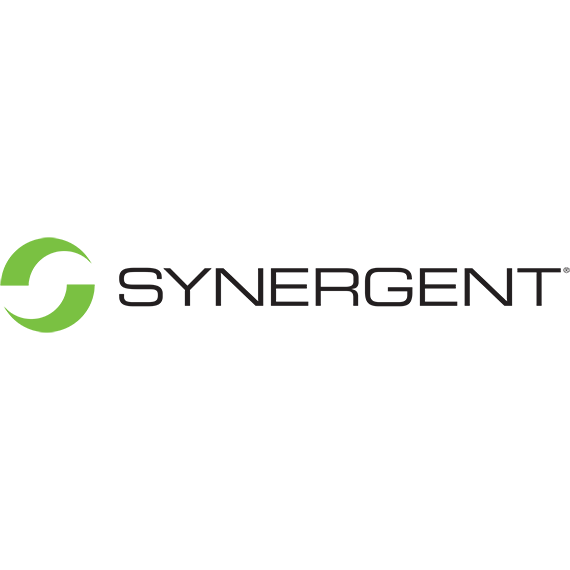“Creativity is abundant. Execution is scarce.”
This line stuck with me after hearing it on one of Adam Grant’s podcasts, and it keeps surfacing in my work with credit unions. We all have great ideas. We’ve all been in the room when someone shares a concept that makes people lean forward and say, “Yes!” But how often do those ideas make it out of the room? And how often do they grow because someone else—another organization, another leader, another perspective—made them better?
If we want to partner for success, we need to stop thinking of partnerships as a checkbox or a platform agreement. True partnerships aren’t about product bundling or strategic alignment on paper. They’re about values alignment. They’re about building trust before you need it. They’re about the courage to co-create, not just cooperate.
The platform era is over (even if the platforms aren’t)
Credit unions have spent the last decade layering on technologies and services that were meant to make them more competitive: digital banking platforms, payment integrations, CRM solutions, you name it. And while these platforms have opened doors, they haven’t always deepened relationships. In some cases, they’ve made us more siloed.
Here’s the truth: the partnerships that move credit unions forward aren’t the ones that sit neatly in the tech stack. They’re the ones that challenge us to think differently, to serve better, and to walk through ambiguity together. The best partners don’t just deliver a product—they share in the mission.
And that means choosing partners who are aligned on why we do the work, not just how we do it.
Put the partnership first
One of the toughest but most liberating lessons I’ve learned is that if you're in a true partnership, you have to be willing to put the good of the partnership above the good of your own organization.
That’s not instinctual. We’re wired to protect, to compete, to prioritize what’s in front of us. But when you zoom out—when you think about the larger movement we’re part of as financial cooperatives—the goal isn’t just to win market share. The goal is to create lasting financial well-being for our members and communities.
Sometimes that means giving more than you get. Sometimes it means sharing a resource or a roadmap that could give someone else a leg up. Sometimes it means slowing down to align on purpose before racing ahead with a plan.
Collaboration ≠ Competition (and let’s retire “coopetition” while we’re at it)
I’ll admit it: I used to love the word “coopetition.” It felt clever, like we were acknowledging the real-world tension between collaboration and competition in our industry. But the more I reflect on it, the more I think it lets us off the hook. It implies that we can hedge our bets to partner just enough, share just enough, collaborate up to a point.
But we are cooperatives. We exist to work together. The spirit of cooperation shouldn’t be conditional or cautious. It should be bold.
We don’t lose anything by sharing. If anything, we gain clarity. We reduce duplication. We get smarter faster. And we build relationships that outlast any short-term advantage.
We need to stop seeing each other as competitors, even a little bit. The real competition is not across the credit union hallway. It's the megabanks and fintechs that have scale, speed, and consumer mindshare. If we’re busy guarding our turf, we’re not building the future.
Don’t hoard your people
If there’s one area where our scarcity mindset really holds us back, it’s talent.
We talk a lot about “growing our people,” but we don’t talk enough about what happens when there’s nowhere left for them to grow within our organizations. We want to keep top talent, especially younger professionals who bring energy and fresh thinking to the movement. But not every organization can offer a constant ladder upward, especially in small or mid-sized shops.
That’s why we need to get serious about talent sharing, not as a back-channel workaround, but as a formal, intentional model. We already see glimpses of this across the movement: shared roles, rotational opportunities, executive exchanges. But these efforts are still too rare, too isolated.
What if we made it normal—even expected—to collaborate on people the way we collaborate on projects?
What if a high-potential employee could spend a year working on a peer credit union’s innovation initiative and come back with new skills and stronger ties to the broader ecosystem?
What if we saw talent mobility not as a threat, but as an investment in the system we all rely on?
We can’t afford to be possessive. We have to be expansive. That’s how we’ll retain the next generation: not by locking them in, but by opening doors.
From transactional to transformational
True partnership is messy. It requires vulnerability. It demands that we speak honestly when things aren’t working, and that we listen when someone else has a better way. It requires long games and short memories. It asks us to stop keeping score.
But when it works? It’s magic.
It’s two or three organizations coming together and delivering something they never could have built alone. It’s leaders sharing a whiteboard session that rewires how they approach the next problem. It’s a ripple effect that touches teams, members, and communities.
The future of our movement depends on this kind of partnership—not the kind built on contracts, but the kind built on conviction.
So the next time someone says, “partnering for success,” ask what kind of success they mean. Ask what they’re willing to give up for it. Ask whether they’re willing to put the relationship first.
Because if we get the partnership right, success follows. And if we don’t . . . well, then it was never really a partnership in the first place.








